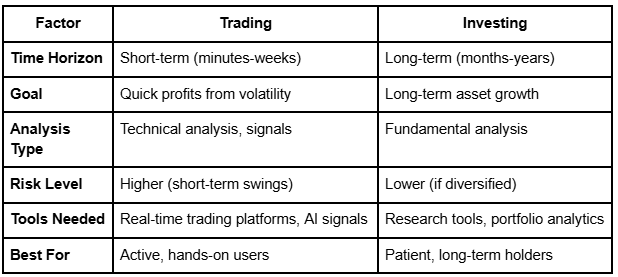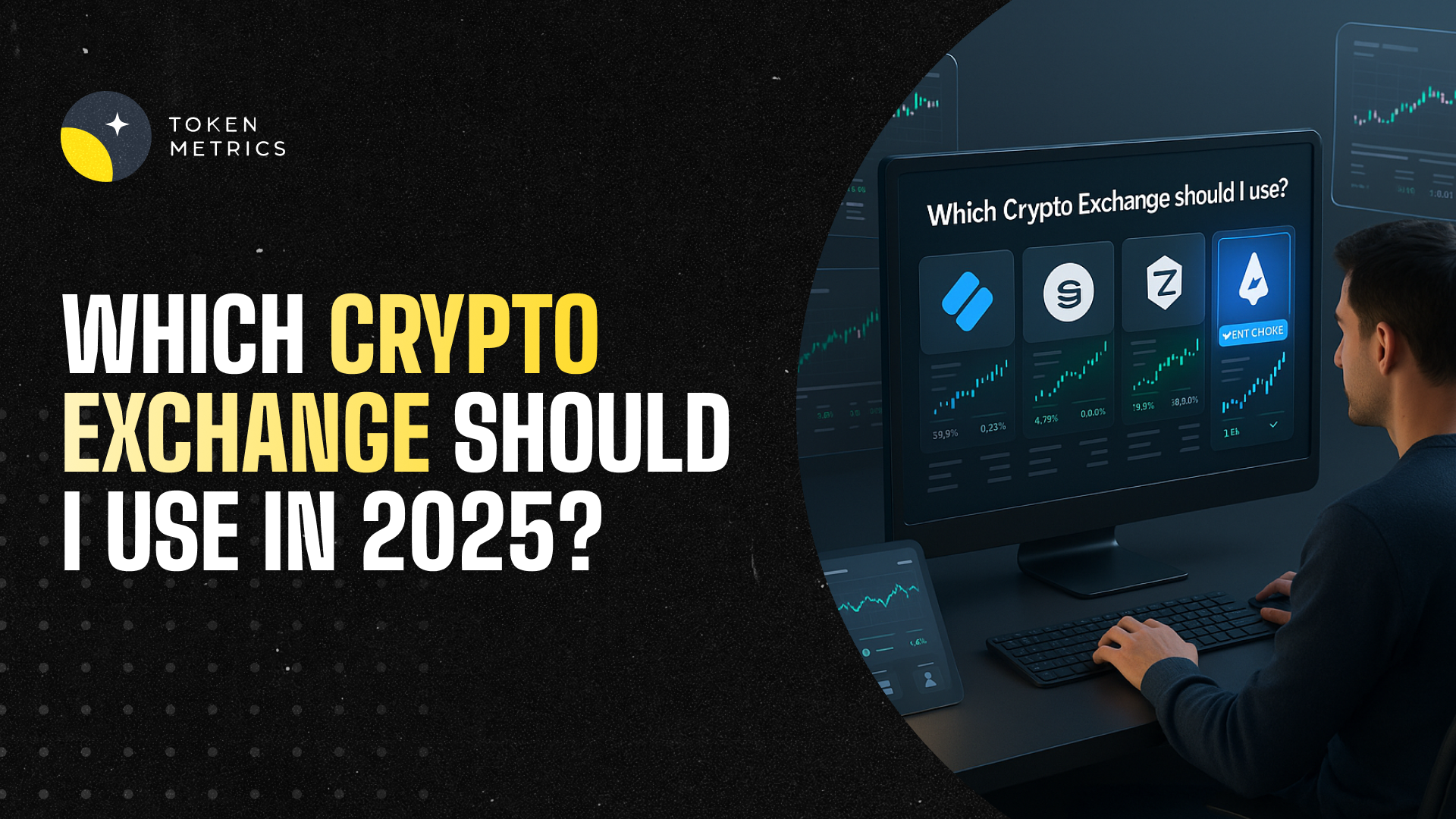CoinGecko API - Features, Endpoints, Alternatives, and More

CoinGecko is a cryptocurrency data aggregator and analysis platform that provides comprehensive information on various aspects of the cryptocurrency market. It has gained huge popularity and is now one of the most commonly used platforms in the crypto sector.
CoinGecko also offers a an API, which provides access to cryptocurrency market data.
What is CoinGecko API?
CoinGecko API is a freemium, public API that provides developers with access to data about cryptocurrencies and their market prices, trading volumes, market capitalization, and other related information.
This data can be used for a variety of applications, including cryptocurrency portfolio tracking, trading bots, price alert systems, and more.
The API provides a number of endpoints that developers can use to retrieve different types of data, including cryptocurrency prices, market capitalization, NFT floor prices, exchange trading volumes, trading pairs, contract address data, crypto categories, crypto derivatives, images, developer activity, and other crypto industry related data.
How Does CoinGecko API Works?
CoinGecko provides developers an easy-to-use API that can be integrated into their applications to retrieve information about cryptocurrencies.
Through its API, CoinGecko offers various endpoints that allow developers to query cryptocurrency data in different ways. Some of the endpoints include:
Price Endpoint: This endpoint provides real-time and historical price data for cryptocurrencies.
Exchange Rates Endpoint: This endpoint provides exchange rates for various fiat currencies and cryptocurrencies.
Market Data Endpoint: This endpoint provides various market data such as market capitalization, trading volume, and supply for cryptocurrencies.
Developer Endpoint: This endpoint provides data related to the development activities of cryptocurrencies, such as the number of commits, stars, forks, and subscribers on their Github repositories.
Social Media Endpoint: This endpoint provides data on the social media activities of cryptocurrencies, such as the number of followers, tweets, and Reddit subscribers.
To use the CoinGecko API, developers need to obtain an API key from the CoinGecko website. They can then send HTTP requests to the API endpoints to retrieve the desired data. The API returns the data in JSON format, which can be easily parsed and used in the developer's application or a website.
Does CoinGecko have a WebSocket?
No, you need to make individual requests to the API to retrieve data.
Is CoinGecko API free?
CoinGecko API basic version is free* for those who want it for personal use and testing purposes only with some conditions and limits. CoinGecko free API has a rate limit of 10-30 calls/minute.
The free plan has limited endpoints and the number of calls you can make.
You need to upgrade to make the most out of the CoinGecko API.
CoinGecko API Alternatives - Free and Paid
CoinGecko is not the only place to get your Crypto data. In fact, there are some very great alternatives you can use to get propriety data like price prediction, indicators, and more, not just real-time prices.
Let's look at some of the best CoinGecko alternatives you can use today.
Token Metrics
Token Metrics is an AI driven crypto analysis platform which enables its users to research thousands of cryptocurrencies in an automated way. Token Metrics recently launched a Crypto Data API for crypto investors and developers.
This AI-powered API allows users to get access to more than 10 actionable data endpoints to power trading bots, models, and platforms, to make the most money in the crypto space.
CoinMarketCap
The CoinMarketCap API offers both free and paid tiers, with different limits and access to endpoints.
Like CoinGecko, CoinMarketCap also provides access to data like real-time prices, volume, market capitalization, social media information, and more.
CryptoCompare
CryptoCompare API is another option for accessing real-time and historical cryptocurrency market data. It allows developers to easily integrate data such as prices, trading volume, and exchange rates into their applications.
The API supports a wide range of cryptocurrencies, exchanges, and trading pairs, making it a great resource for anyone looking to build a cryptocurrency-related project.
Final Thoughts
CoinGecko is one of the leaders in the crypto space, providing access to insightful data about thousands of cryptocurrencies and the market.
However, as time goes on, better solutions are being built that are more powerful and use AI to power their data, like Token Metrics. This allows investors to turn data into actionable insights to make informed investment decisions.
Create Your Free Token Metrics Account

.png)




%201.svg)
%201.svg)


%201.svg)
















.svg)




.png)